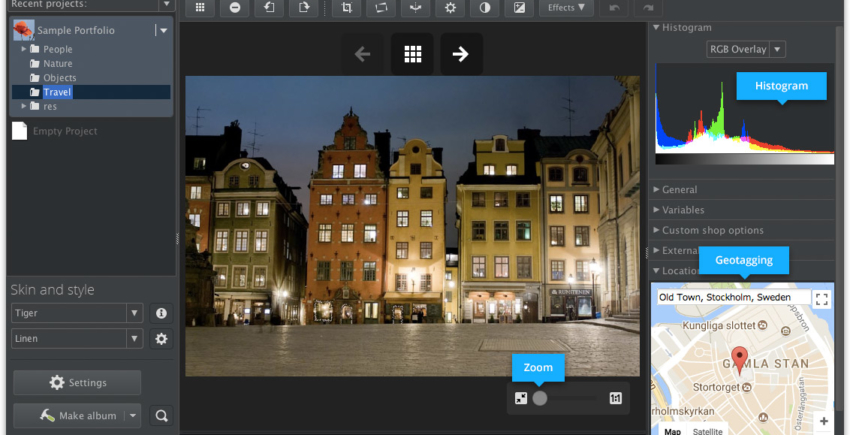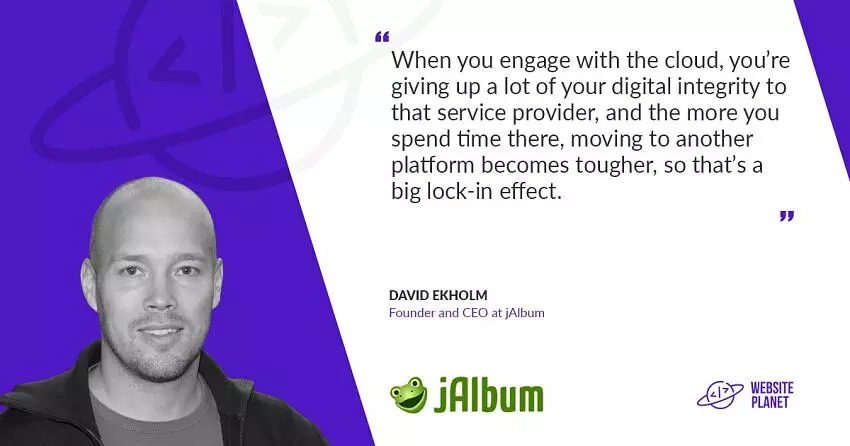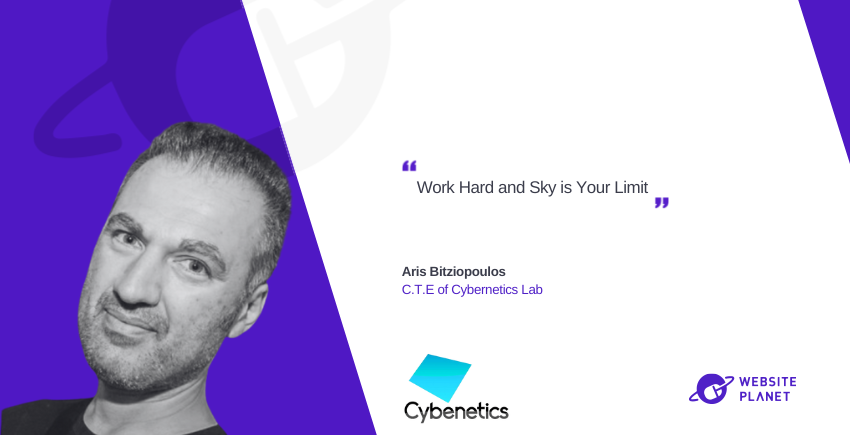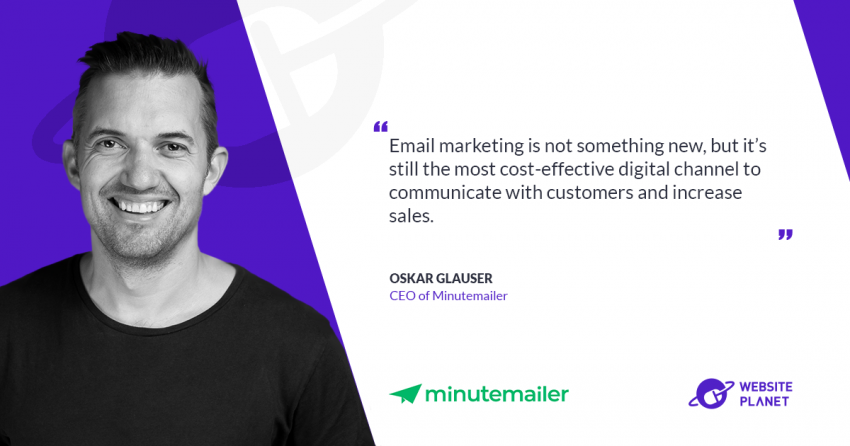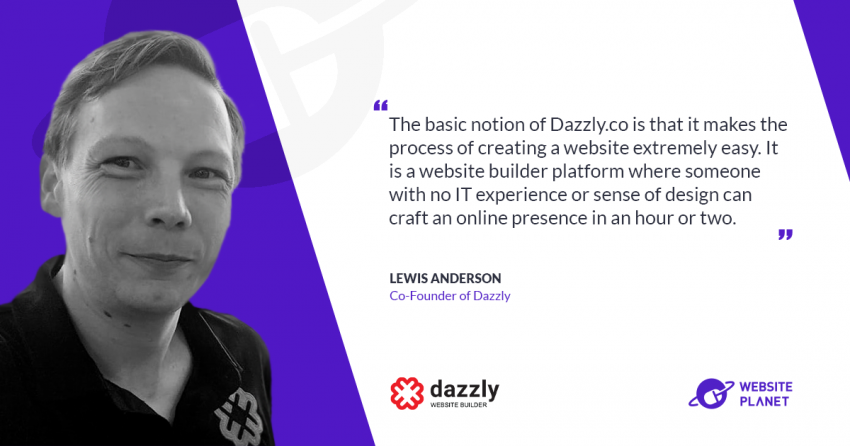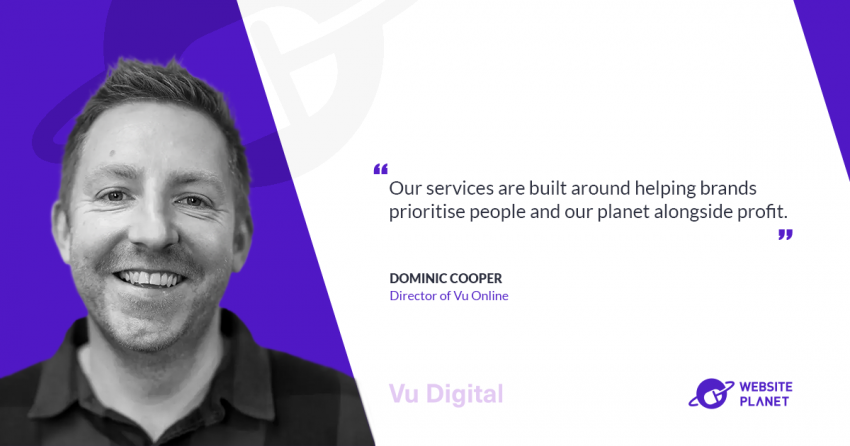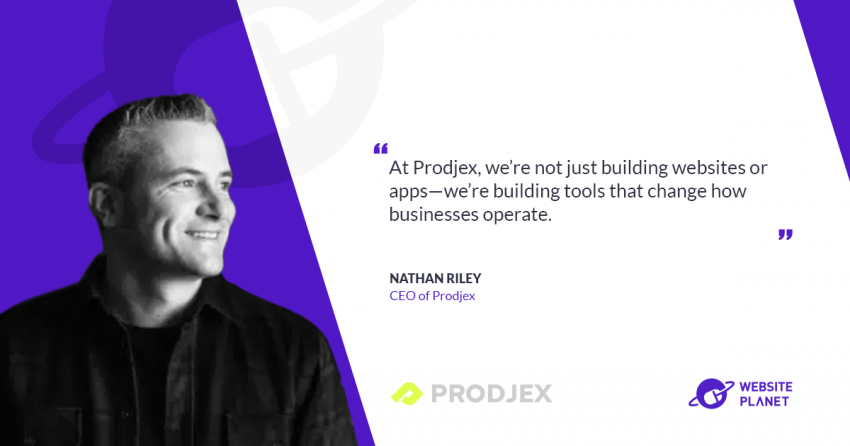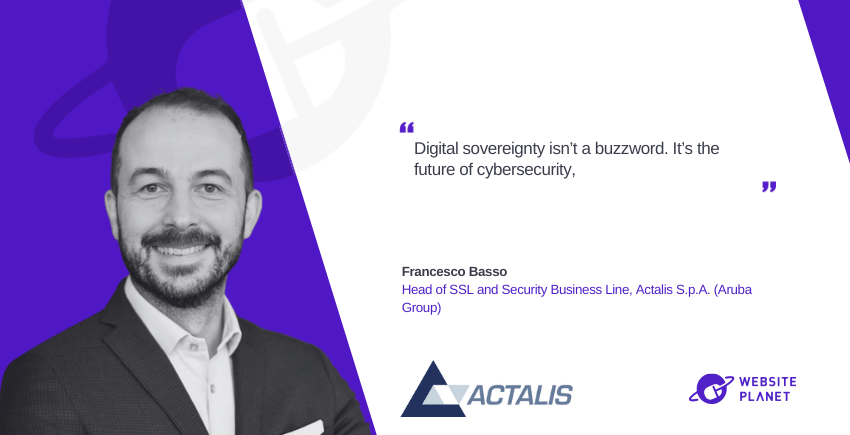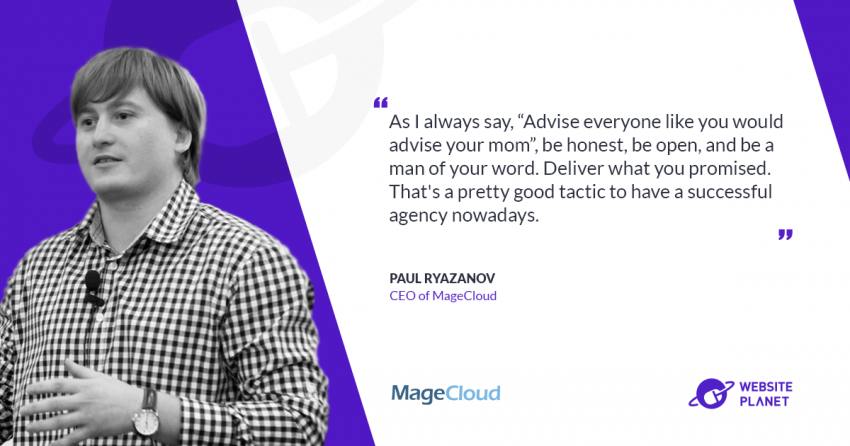Please describe the story behind jAlbum and it’s evolution so far.
jAlbum started with my own personal need, back in 2002, while I was working for another IT company. This was in an era where you could see digital cameras but no social media. I bought my first digital camera and went on a ski trip with 12 friends. I took lots of pictures and promised my friends I will burn a CD and mail it to them.I wanted people to be able to print their own images, so I was thinking, why don’t I upload them to my website so everyone can download whatever they need. Even though I’m a developer, I wasn’t thinking of writing the code myself, so I downloaded a bunch of “free” software but none of them were flexible enough to adjust things to my liking. Then, to actually make real use of these software titles, you had to pay for them. It was sneaky marketing! I felt annoyed and decided to build an easier to use tool that would also be free of charge. The first version was functional but lacking in terms of graphic design. Not being a graphic designerת I then made the clever move to enable graphic designers to contribute with that part via plugin modules we call “skins”. I offered this free software online and people around the world began contributing to it, in the spirit of open source. At the time, I was working for another company in the gaming industry and as a bonus, I was allowed to run my software through their network. Eventually, the tech admin came up to me and said it was draining their network. As it turned out, a Japanese website had published my software and generated tons of downloads as a result, so I had to move my software to the cloud. I spent another three years working for that company until I realized that my “Gallery made by jAlbum” signature was getting an enormous amount of inbound links, so I used that power to sell ads, quit my job and worked on it by myself for a whole year. When I started looking to expand, I told my story to Swedish media. At that time my site had a whopping 13.8M inbound links from around the world. jAlbum was picked up by a few magazines and I was selected as one of the hottest entrepreneurs of the year. Then, a venture capitalist had contacted me with a vision to make a social network that would be similar to Facebook but more image centered, and they wanted to use my software as the basis, so I let them invest in my company. We were 10 people at our highest and it was a huge thing for me, but after a few years, we realized that people tend to gather where others go. That was a strengthening mechanism and a battle we simply couldn’t fight, so our focus today is as it started: Awesome web galleries for any web site. Today we have around 1M registered users. From a business perspective, it didn’t work out for us with the social network ambition. Ironically, I was given the death sentence of bankruptcy and had already given up the CEO’ship for another person that they hired, but I said, let me run the company and I’ll save it, so they let me do it even though they didn’t believe I would succeed. We switched from free software and freemium business model to a plain licensed and subscription model, which was in some ways disappointing (loads of users is fun) but this saved the company. We were lucky to have very engaged users from the freeware days, people who are still helping each other on support forums and create new themes that anyone can use. They have a dedication that you don’t usually get from employees, let alone from users. They still love us, and their dedication is unmatched.
What’s Unique About jAlbum?
These days, we are competing with giants like Google, Facebook, Instagram, and Snapchat, as well as platforms for professional photographers like Smugmug, who cater to professional photographers who want to have a portfolio site. It’s a tough marketplace because many of the competitors are offering their services for free and we charge for it. Our uniqueness is that we are not tied to a particular cloud platform. You can roll your own gallery, and the reason that I consider this as an advantage is that when you engage with the cloud, you’re giving up a lot of your digital integrity to that service provider. They will map your digital life and can sell data about you to anyone. Eventually, as you spend time with Facebook or any cloud provider for that matter, you put all your activities there, you end up giving away your integrity, and moving to another platform becomes tougher, so there’s a big lock-in effect. A little while back it was revealed that Instagram was selling people’s images. Facebook and other social networks copyright your images as you upload them, and of course when this was revealed, they said it was written on page 40 of their legal agreement, but no one reads it so it can be abused. In our case, when you use jalbum you can upload to our server or your own, so even if we go out of business, your gallery continues to work. I think that is a very important aspect to keep in mind. So even though we’re not skyrocketing forward, it is working and we get a daily confirmation from our users that they love what we’re doing. Trustpilot is a rating service that checks out user reviews and makes sure they are not manipulated. Today we enjoy a rating of about 4.7 out of 5 points, which is extremely high. This is what keeps me going. Here’s a taste of what the jAlbum dashboard looks like: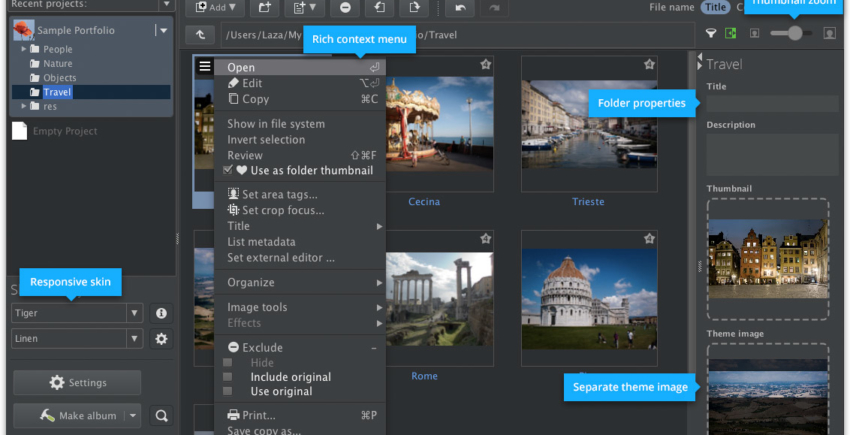
What can you tell us about your monetization option for photographers?
If you like to sell images or stuff that is in your mages, you can set up your own webshop with jAlbum with no strings attached to us, that is our unique selling point. All you have to do is set up an ordinary PayPal based shop, upload the gallery to any website, set prices and start selling. The customers don’t necessarily have to be PayPal users either, they can make a purchase with any credit card. As I mentioned, you can run the gallery on any server. The different plugins, which we call skins, carry not only the look and feel but unique functionality as well. Competitors do offer some variety but we take it further. Adjusting the functionality of the shopping cart is just one of the many features we offer. We also have a travel blog feature where you can add pins and images to a Google map using GPS lookup; fullscreen slideshow with background music and transition effects; and panoramic 360-degree images that you can move around all angels.Our features list is probably longer than Photoshop’s, but we try not to overwhelm our users and maintain a level of simplicity, so you can decide how deep you want to go, and you can also build your own code.
